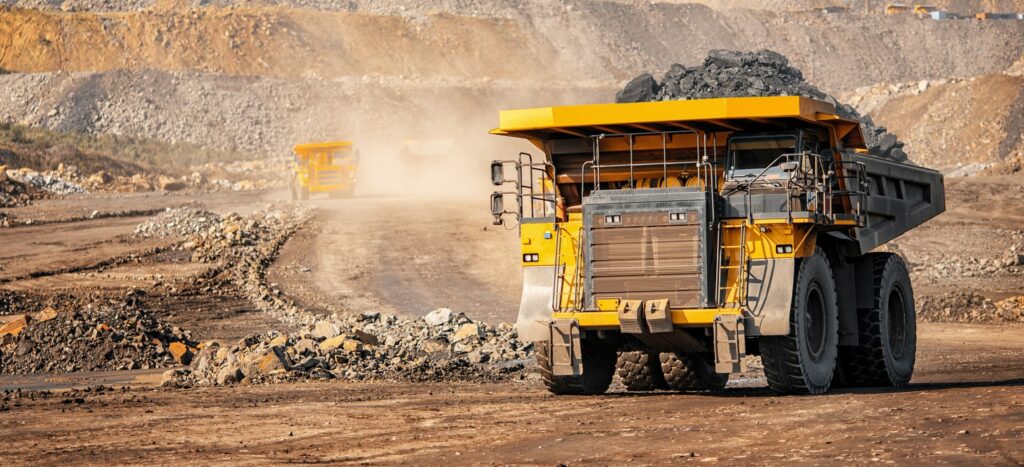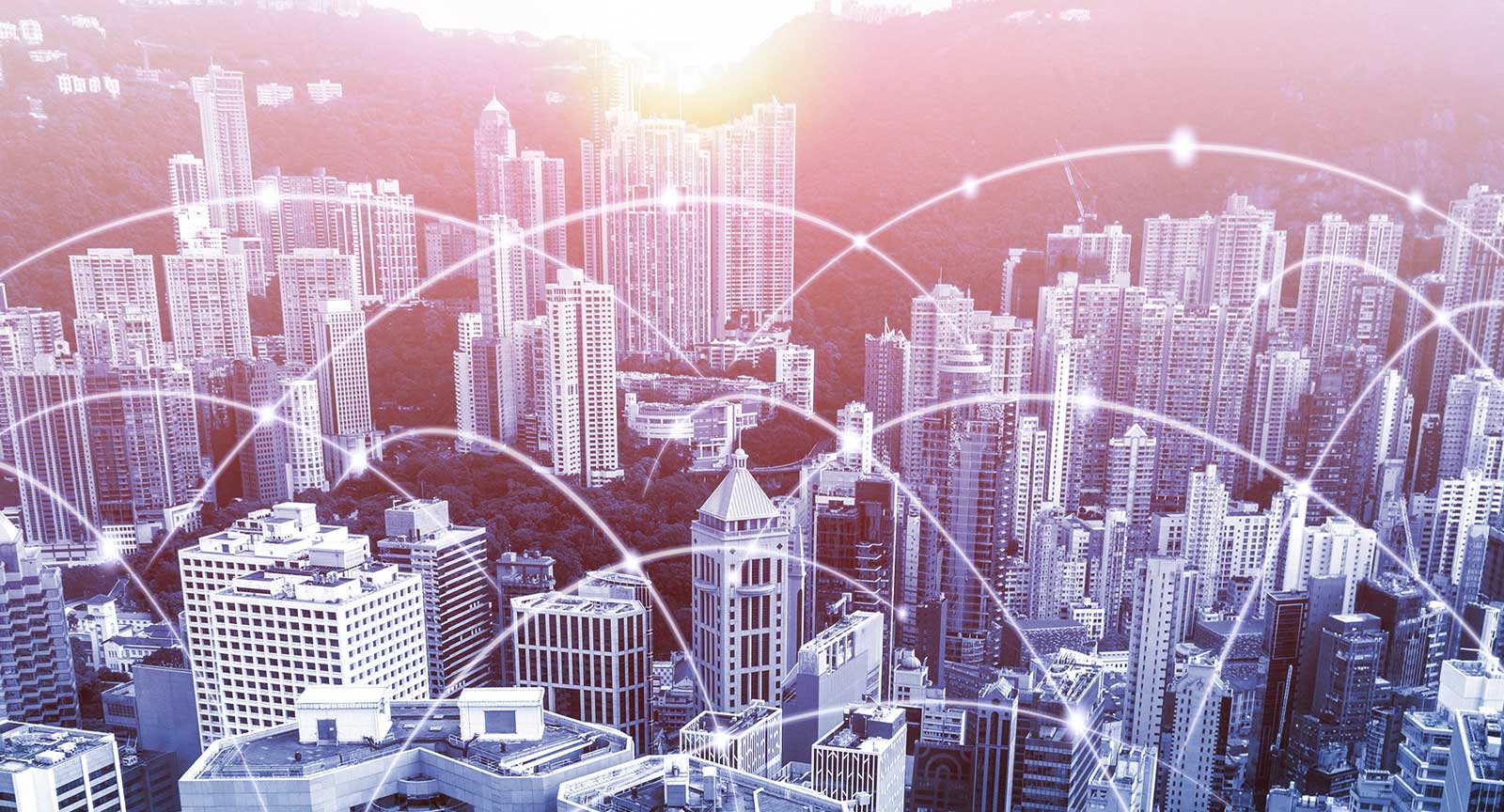Coal, risks, and responsibilities: the role of insurance in managing mining issues
Coal mining, a controversial energy source, poses significant technical, environmental, and social challenges. Despite these issues, coal still meets 27% of global energy needs and generates 44% of CO2 emissions. Insurance experts play a crucial role in managing the associated risks by evaluating, preventing, and covering potential dangers. It's vital to explore more sustainable energy alternatives to reduce coal dependence and ensure a safer, more environmentally friendly energy future.
Coal has been a cornerstone of the industrial revolution and the global economy but raises many concerns today. Its extraction and combustion have severe environmental, health, and social impacts, such as pollution, worker safety, and the displacement of communities. As renewable energy sources like wind, solar, and hydro gain traction, they still only account for a small percentage of global energy needs, with coal remaining dominant.

In this article, Patrick LUBSZYNSKI, Structural Expert and Head of the ENR speciality at Stelliant Expertise, sets out to explore the technical issues encountered in coal mining, highlighting the risks to workers’ health, the environmental impact and the social consequences. It will also look at the role of insurance experts in managing these risks, analysing how expertise can help to assess, prevent and cover the dangers associated with this controversial industry.
Finally, he will discuss the more sustainable and environmentally-friendly energy alternatives that could reduce our dependence on coal and ensure a safer, greener energy future for all.
Coal’s Legacy and Challenges
The underground coal mine at Blegny-Mine in Belgium, a UNESCO World Heritage Site, offers a fascinating insight into the history of coal mining. Closed in 1980 and transformed into a museum thanks to a volunteer association, it allows you to descend 60 metres underground, far from its former maximum of 760 metres. The temperature underground rises by 3°C for every 100 metres, easily reaching 40°C at a depth of 1,000 metres!
On the other hand, at the surface, as it rises, it drops by 6.5°C per 1,000 m of altitude, which means that for some time to come, we will still be able to see beautiful snow at the top of our mountains… Back on the cow floor, the 55-metre-high slag heap, which used to collect the rock from the mine, is now a strange black hill with trees. Coal still accounts for 27% of the world’s energy needs and generates 44% of the CO2 produced by energy.
Its exploitation and combustion have harmful consequences for the environment, health and working conditions. Faced with these challenges, it is crucial to find more sustainable alternatives to meet our energy needs.

Technical issues encountered
Renewable energy sources (RES) like wind, solar, and hydroelectricity are gaining traction but still only account for 7% of global energy needs. Nuclear energy provides 4.5%. In this context, coal remains a double-edged sword. It has driven industrial and economic growth in many countries by providing abundant energy and jobs, but its extraction and combustion have severe environmental, health, and workplace safety consequences. Therefore, it’s crucial to find more sustainable alternatives. Investment in new technologies, improving energy efficiency, and incentivizing the transition to clean energy are essential paths to explore.
Coal and other mining operations, whether underground or open-pit, pose numerous technical challenges, including:
- Accident risks: Collapses, floods, explosions (e.g., firedamp), fires, and other work-related dangers.
- Environmental issues: Water and air pollution, deforestation, greenhouse gas emissions, and soil degradation.
- Social concerns: Displacement of populations, worker exploitation, and health impacts on local populations and miners.
Role of insurance specialist
To manage these risks effectively, mining companies rely on insurance experts who provide tailored solutions to address specific issues. These experts help by:
- Risk Assessment: Evaluating risks related to mining operations, such as worker safety, environmental impacts, and potential financial losses.
- Prevention Measures: Proposing measures to mitigate identified risks, such as improving safety procedures, implementing cleaner technologies, or training employees.
- Insurance Product Development: Designing specific insurance products to cover the risks associated with coal mining, including liability insurance, property damage insurance, or business interruption insurance.
- Monitoring and Control: Regularly monitoring risks and the effectiveness of prevention measures.
A visit to the Blegny-Mine mine reminds us of coal’s complex heritage, a source of both prosperity and suffering. By learning from history, it is possible to build an energy future that is more respectful of the environment and human beings, where the joys will outweigh the misfortunes. World coal consumption today stands at 8 billion tonnes, or 1 tonne of coal per capita per year!
Coal is less used in the West, or at least less visible to us now, but it is still widely exploited on earth! Things are not about to change!








